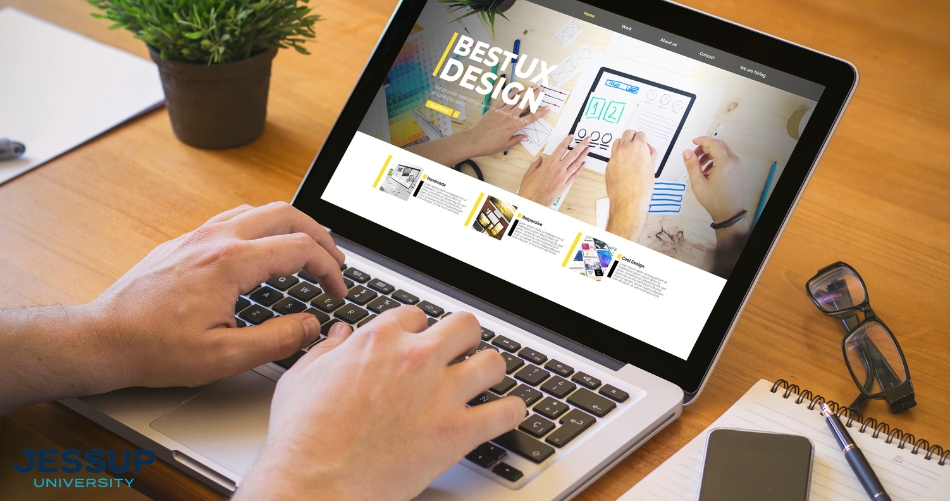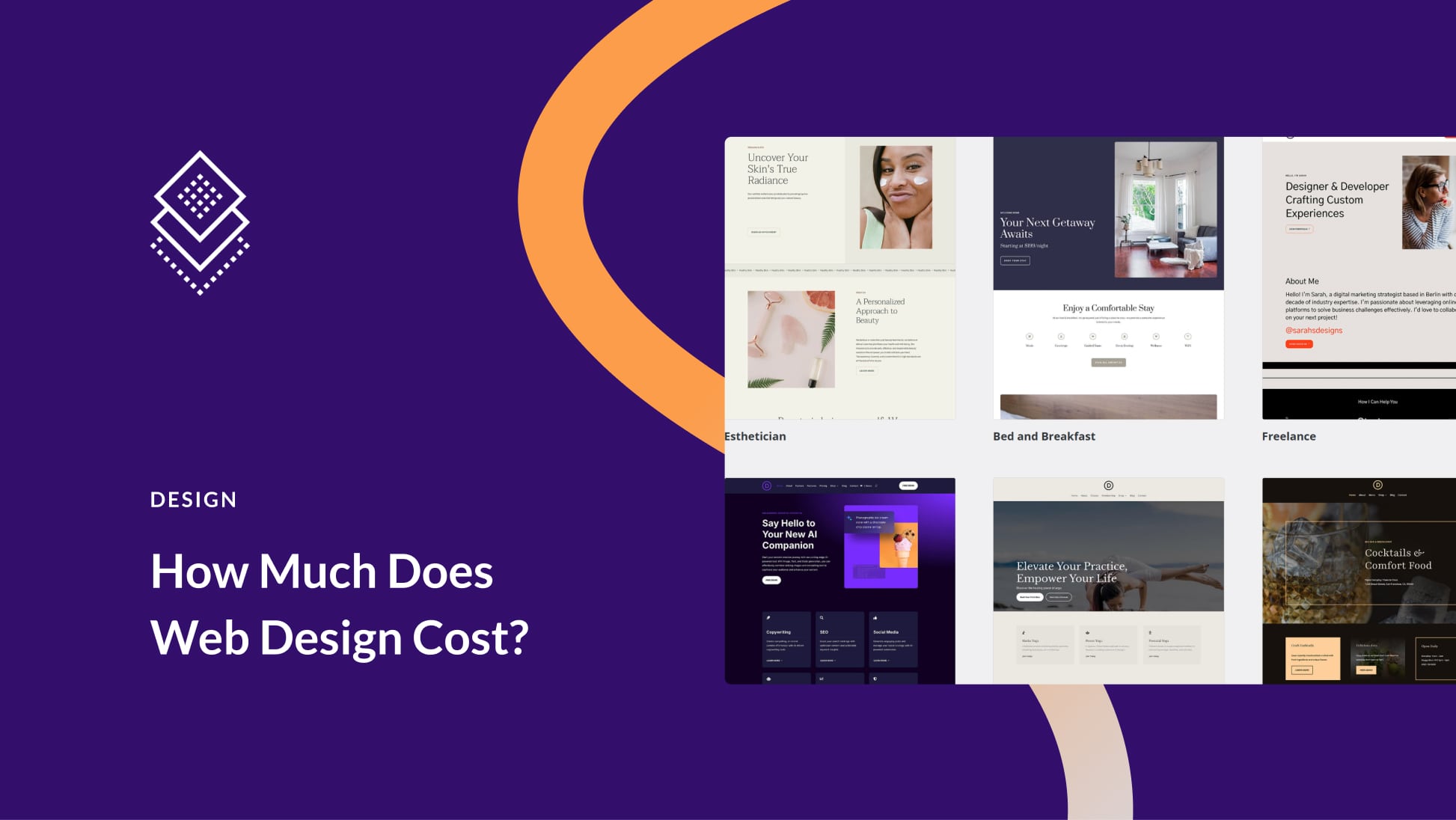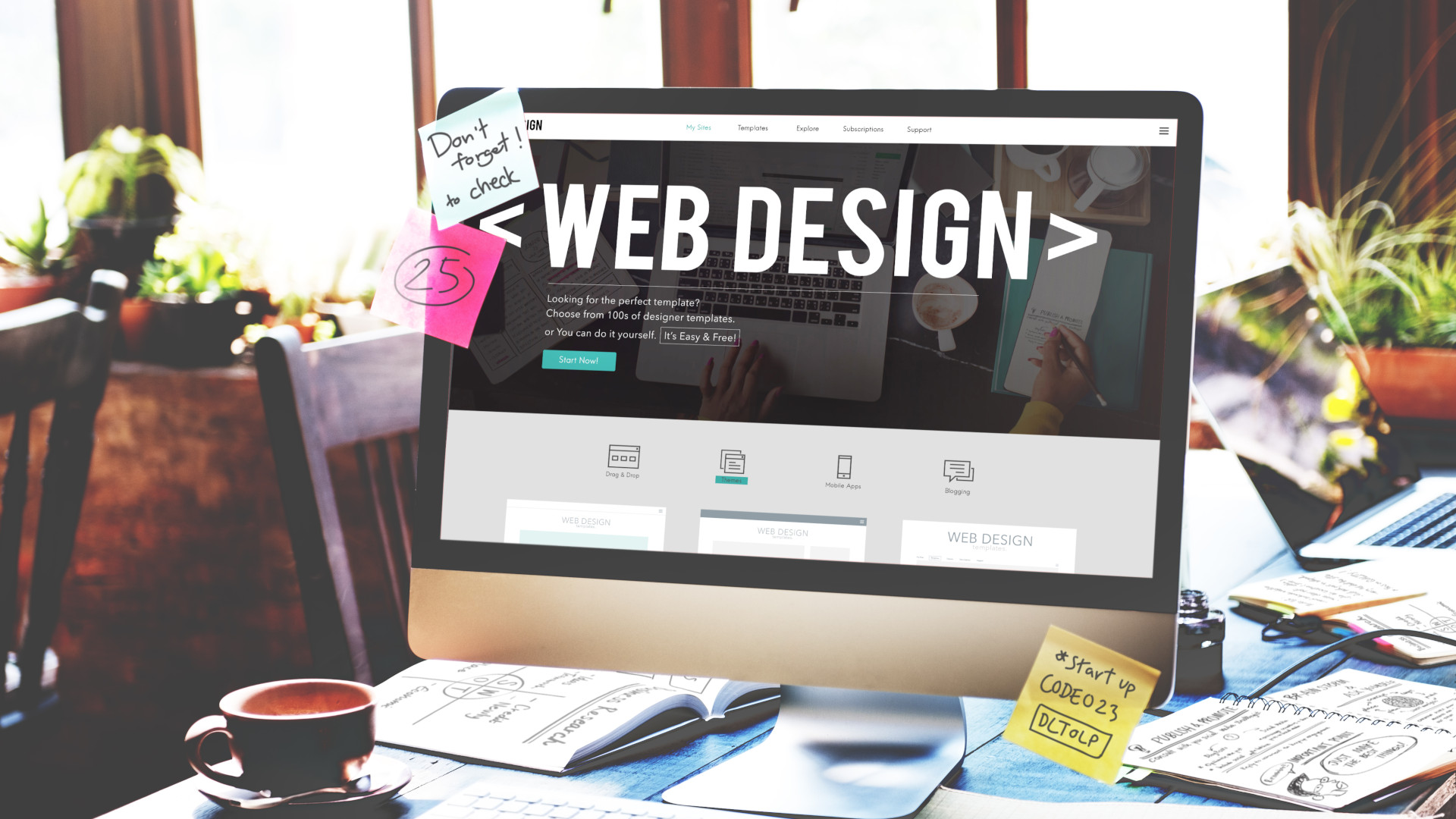Innovative Aligned Position Web Design: Future-Proof Websites for Businesses in Every Niche
Innovative Aligned Position Web Design: Future-Proof Websites for Businesses in Every Niche
Blog Article
The Finest Kinds of Web Design to Enhance Customer Experience and Engagement
In the ever-evolving landscape of digital interaction, the performance of Web design significantly influences user experience and engagement. Different style approaches, such as minimalist, responsive, and interactive formats, each deal one-of-a-kind advantages that can provide to diverse individual needs.
Minimal Website Design
As digital landscapes come to be increasingly chaotic, minimalist website design has become a powerful method to enhancing user experience. This design philosophy focuses on simplicity, concentrating on vital components while removing unneeded distractions. By making use of adequate white area, simple navigation, and a limited shade palette, minimal design cultivates quality and directs user focus to crucial content.
The core concept of minimalist website design is to develop a seamless interaction for individuals. By minimizing cognitive tons, users can quickly comprehend details without feeling bewildered. This direct approach not only enhances usability but also motivates interaction, as site visitors are more probable to explore a website that is visually enticing and easy to navigate.
In addition, minimalist layout usually highlights typography and images, making use of these elements tactically to share messages efficiently. This focus on essential elements can enhance brand identification and create a memorable user experience. Basically, minimalist website design is not simply a trend; it is a thoughtful methodology that acknowledges the significance of user-centered layout. By stripping away peripheral elements, designers can produce a much more appealing, reliable, and delightful Web experience for all customers.
Receptive Website Design
In today's varied electronic setting, responsive website design has actually become vital for creating a smooth customer experience across a wide range of gadgets. As customers access web sites on smart devices, laptops, tablets, and desktops, the ability of a site to adapt its layout and web content to various screen dimensions and resolutions is vital.
Receptive website design uses adaptable grids, photos, and CSS media queries to make certain that Web content exists efficiently, no matter of the tool utilized. This strategy not just enhances the aesthetic charm of an internet site however likewise considerably enhances functionality. Individuals are more probable to engage with a site that offers a regular experience, as it eliminates the disappointment of having to zoom in or scroll exceedingly.
Moreover, search engines, including Google, focus on mobile-friendly internet sites in search rankings. By taking on responsive style, companies can improve their exposure and reach a wider target market. This technique also simplifies web site upkeep, as a single variation of the site can deal with all devices, reducing the requirement for several versions. In recap, receptive Web design is an essential practice that enhances user experience, involvement, and overall complete satisfaction.
Interactive Web Design
Responsive website design lays the groundwork for boosting individual experience, yet interactive website design takes this a step additionally by engaging customers in a much more dynamic method - Aligned Position Web Design. By including elements such as animations, clickable prototypes, and real-time responses, interactive Web design mesmerizes customers, attracting them into a richer surfing experience
This method not just promotes engagement but likewise motivates individuals to explore material actively as opposed to passively consuming it. Strategies such as gamification, where individuals make benefits for finishing jobs, can substantially boost the time invested in a website and boost overall satisfaction. Furthermore, interactive attributes can streamline complex details, making it extra enjoyable and absorbable.

Integrating interactive design elements can additionally bring about greater conversion prices, as users are most likely to engage with a website that proactively involves them. Aligned Position Web Design. Ultimately, interactive Web design transforms individual this contact form experiences right into remarkable trips, guaranteeing that visitors return time and once again
Apartment Style
Characterized by its minimalistic method, flat style highlights simplicity and performance, removing unneeded components and concentrating on important attributes. This style philosophy focuses on usability, making certain that customers can navigate interfaces easily and efficiency. By employing a top article clean aesthetic, level design eliminates the mess usually discovered in much more luxuriant designs, therefore enhancing customer concentrate on material and performance.
The hallmark of level design depends on its use of bold shades, basic typography, and geometric forms. These aspects add to an aesthetically appealing interface that is both friendly and modern-day. In addition, flat design promotes a feeling of clarity, enabling individuals to discern vital actions and info without disturbance.
Furthermore, level style is specifically effective in responsive website design, as its simplicity equates well throughout various tools and screen sizes. The lack of intricate appearances and slopes lessens packing times, which is critical for preserving individual involvement. As digital landscapes remain to progress, flat layout remains an appropriate option for producing straightforward websites that boost total experience. By concentrating on important attributes, level layout not just meets individual demands yet additionally encourages seamless interaction, making it an essential component of effective website design techniques.
Adaptive Website Design
Adaptive Web layout customizes the individual experience by producing numerous repaired designs customized to different display dimensions and gadgets. Unlike responsive design, which fluidly adjusts a solitary format, flexible layout utilizes unique layouts for certain breakpoints, making pop over to this site sure ideal discussion on numerous systems. This technique enables designers to concentrate on the unique features of each gadget, enhancing functionality by delivering specifically what individuals need based on their context.
One of the key advantages of flexible Web layout is its capacity to maximize lots times and efficiency. By offering tailored content and images that fit the individual's tool, web sites can lessen data usage and enhance loading rates. This is especially valuable for individuals with slower links or limited data plans.

Additionally, flexible style facilitates a much more consistent and controlled branding experience. Given that designers develop numerous layouts, they can ensure that the aesthetic components straighten with the brand name's identity across various systems - Aligned Position Web Design. This causes a natural user experience, boosting involvement and promoting customer retention
Verdict
Minimalist style promotes clearness and focus, while responsive layout ensures versatility throughout different devices, promoting ease of access. Jointly, these layout approaches contribute to the development of easy to use settings that not just boost contentment however also drive higher conversion prices, highlighting their vital value in contemporary Web style techniques.

Minimal layout promotes clarity and emphasis, while responsive design ensures adaptability across various tools, promoting ease of access. Jointly, these layout comes close to add to the creation of user-friendly settings that not only improve fulfillment but additionally drive higher conversion prices, emphasizing their critical significance in contemporary Web style strategies.
Report this page